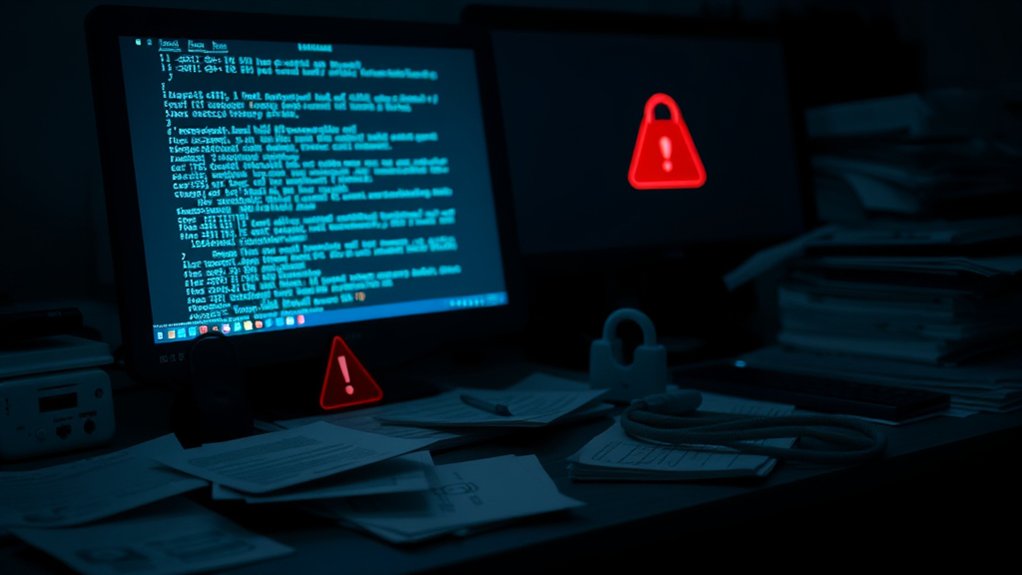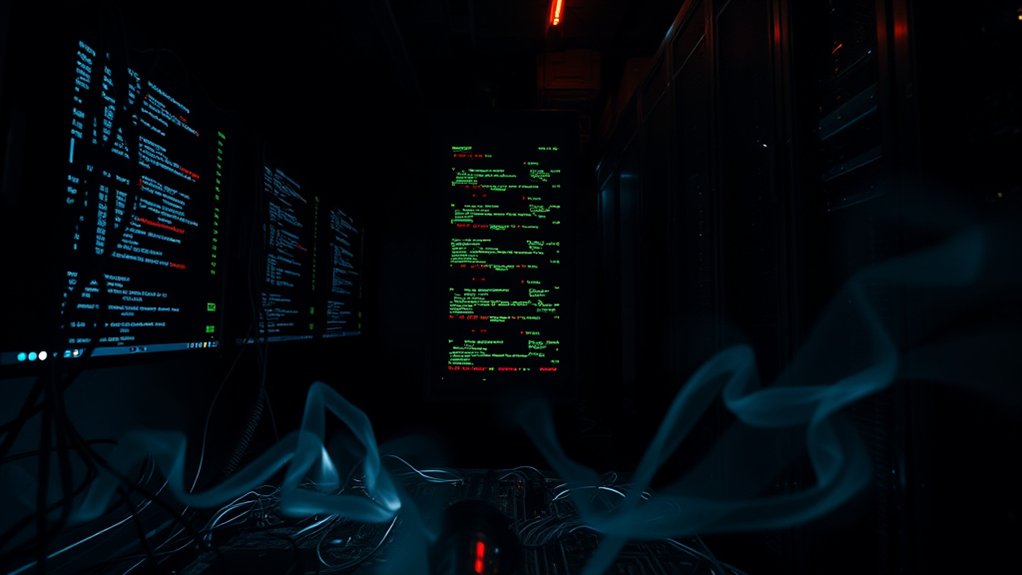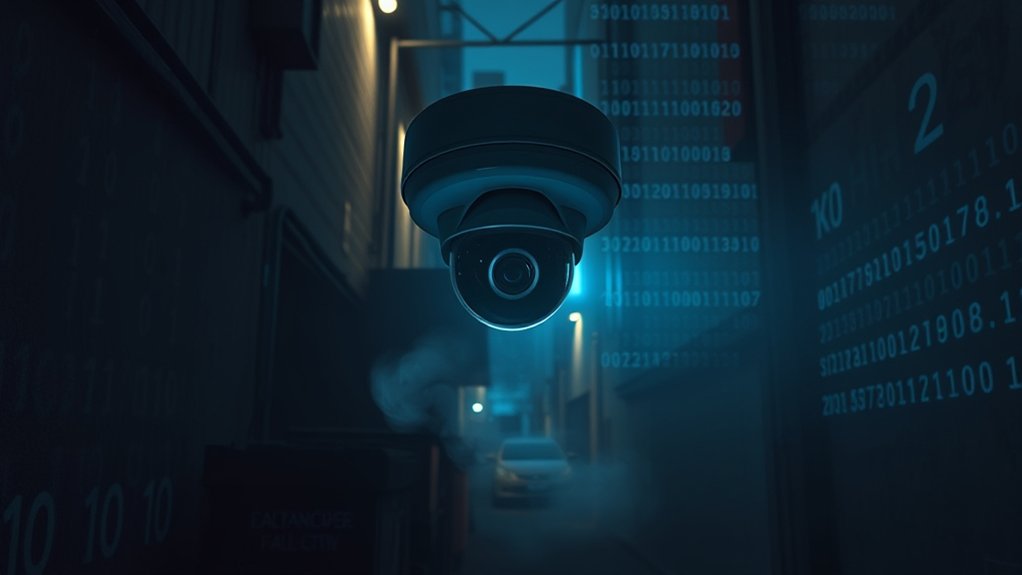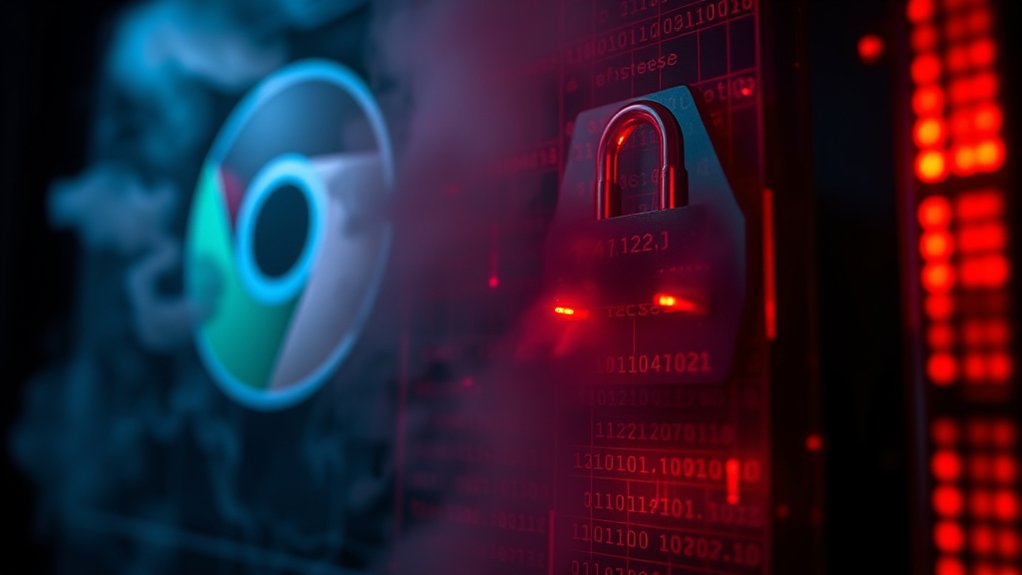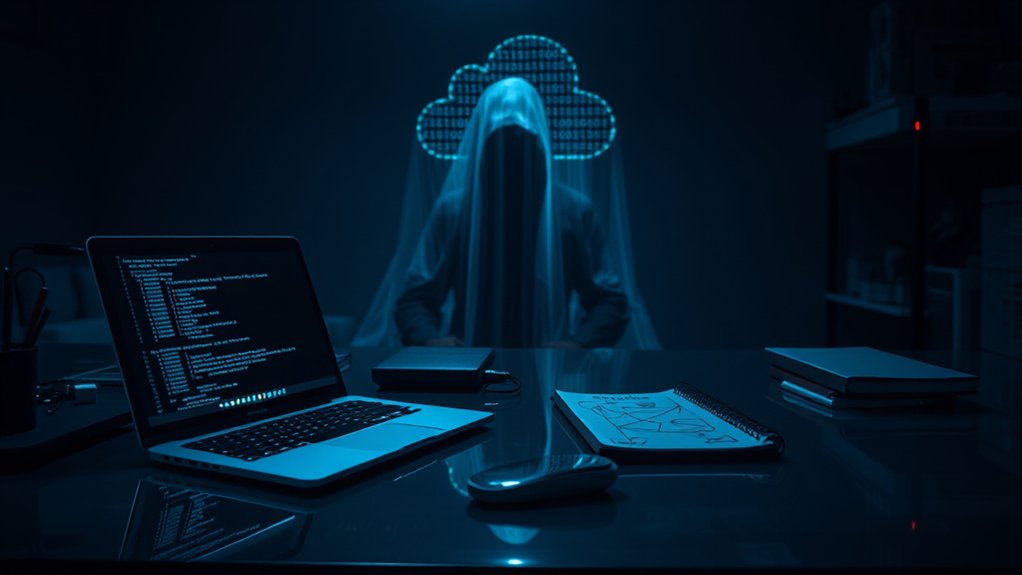On June 6, 2025, President Donald Trump issued a Cybersecurity Executive Order designed to strengthen the United States’ defenses against an array of cyber threats. This order seeks to amend previous Executive Orders instituted by both Barack Obama and Joe Biden, thereby introducing a nuanced approach to modern cybersecurity concerns. It primarily focuses on securing the nation against foreign cyber threats as well as improving secure technology practices within the federal government.
One of the order’s critical provisions modifies existing policies, placing increased emphasis on third-party software supply chains and secure software development. It aims to revise current regulations, spotlighting the significance of post-quantum cryptography to safeguard U.S. interests against evolving cyber threats posed by advancing technologies, particularly quantum computing. The directive highlights the importance of integrating artificial intelligence into this environment, shifting from conventional censorship strategies to a framework prioritizing vulnerability management. Additionally, the order reflects a shift toward less prescription in agency directives, granting them more flexibility to address cybersecurity challenges.
The order emphasizes third-party software security and the critical role of post-quantum cryptography in safeguarding U.S. cyber interests.
Furthermore, the executive order addresses the Internet of Things (IoT) security setting which has become increasingly essential for consumer protection. With zero-day vulnerabilities posing significant financial risks to organizations, the order mandates robust security measures for IoT devices. By mandating that providers meet U.S. security standards by August 14, 2025, consumers can expect improved privacy and security measures in their devices. This collaborative effort among industry stakeholders guarantees basic security engineering principles are upheld, reinforcing consumer confidence in IoT products. Moreover, the order prioritizes reducing bureaucratic red tape in compliance processes to enhance responsiveness to emerging threats.
In another significant shift, the order clarifies that cyber-related sanctions will now be limited to foreign actors targeting U.S. critical infrastructure. This specificity aims to streamline responses to malign cyber activities as well as maintaining a balanced approach toward international collaboration and security.
Ultimately, the Cybersecurity Executive Order integrates advancements in quantum-resistant cryptographic solutions, signaling a strong commitment to adapt U.S. defenses amid rapid technological evolution. By establishing new cybersecurity standards for federal contractors, the order lays the groundwork for a resilient cyber environment, bolstering partnerships between government and industry to combat emerging threats effectively.

